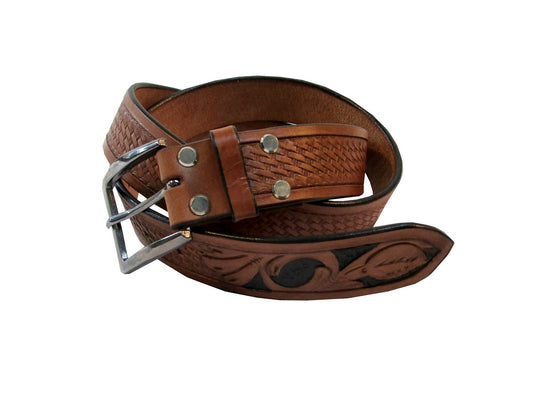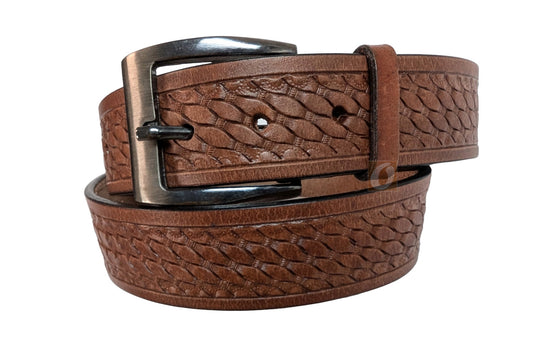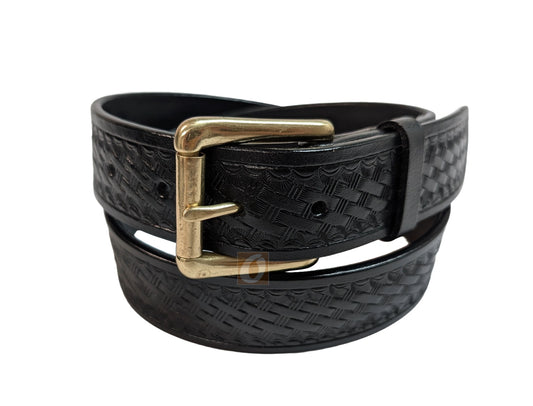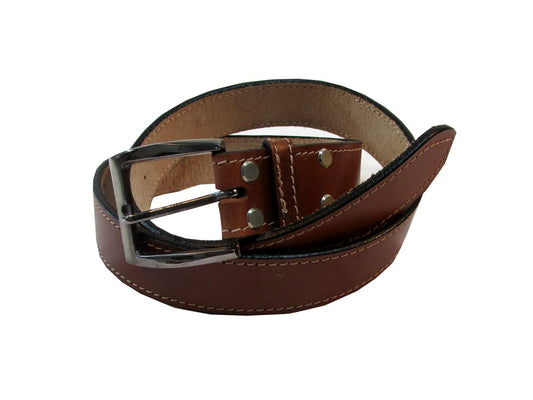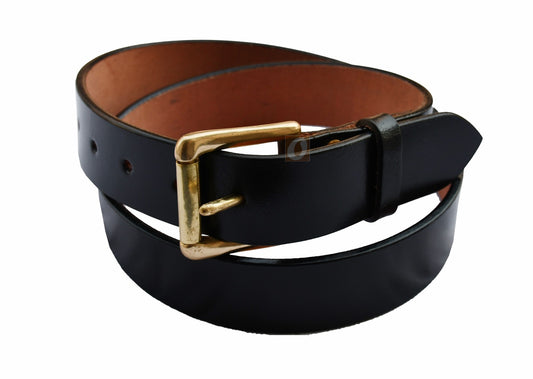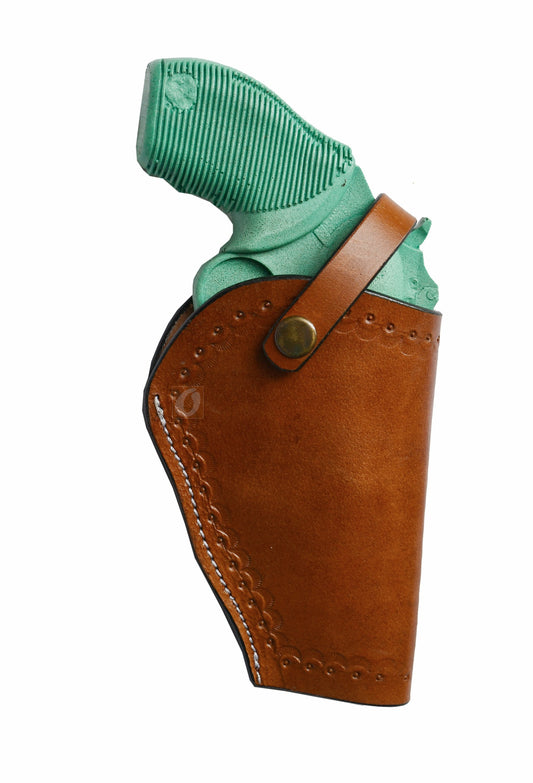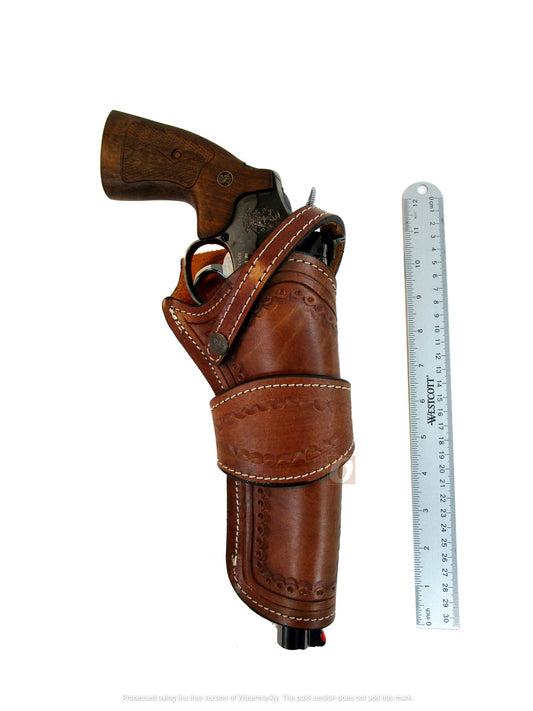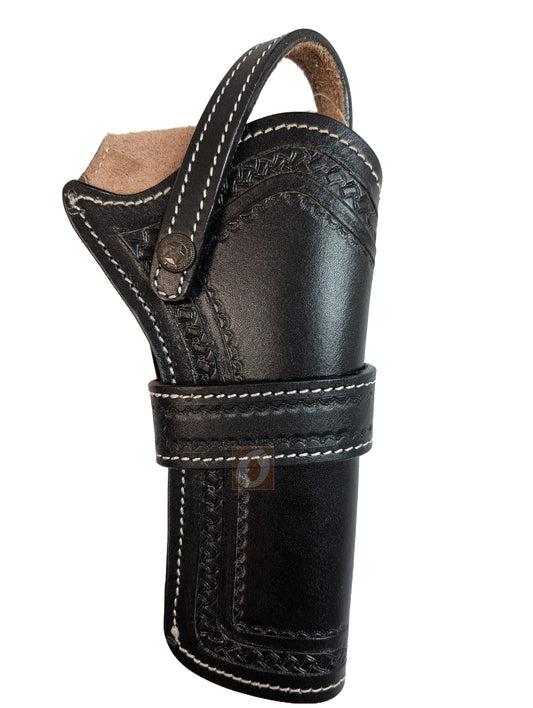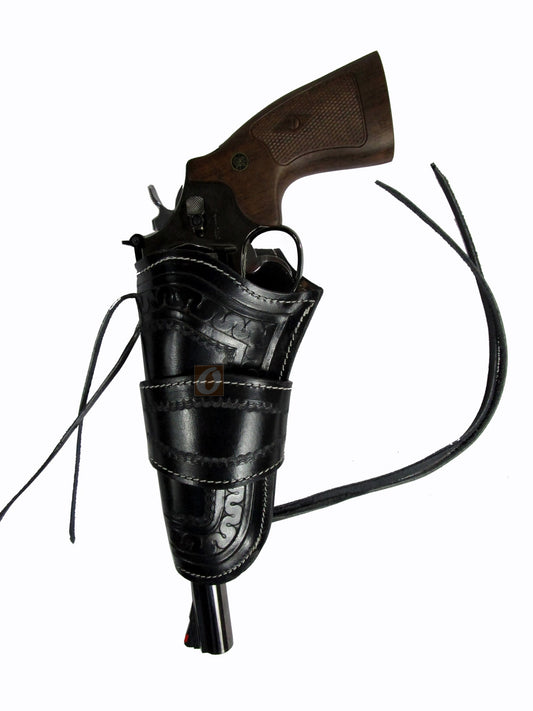Holster and Firearm Compatibility: Why It Matters ?
Holster–Firearm Compatibility: The Rule That Makes Carry Safe, Comfortable, and Fast
Your holster isn’t an accessory—it’s part of the gun. When the fit is exact, you get full trigger coverage, steady retention, and a clean, repeatable draw. When it’s not, comfort drops and risk climbs. Here’s how to get it right.
Why compatibility matters
Three outcomes depend on fit: safety (covered trigger, controlled retention), comfort (no hotspots, no shifting), and access (full firing grip before the gun moves). A model-specific holster delivers all three.
What goes wrong with a poor fit
Safety
Loose holsters let the gun shift or fall; overly tight ones fight the draw. The trigger must be fully covered, and retention must “click in, smooth out.”
Comfort
Slop or bulk creates rub points. A holster molded for your exact pistol or revolver rides flatter and stays put all day.
Access
Misaligned molding steals your grip and slows presentation. Proper fit gives the same index every time, from IWB or OWB.
How to ensure a perfect match
Know your exact setup
Make/model/size (e.g., Glock 19 vs 19 w/rail), gen, safeties, tall sights, optic cut, compensator, and whether you run a light/laser—all change the mold you need.
Choose carry type and tune it
Pick IWB/OWB/crossdraw based on your wardrobe and use. Then fine-tune cant and ride height until you can establish a full grip before the gun moves.
Pick the right retention
Everyday carry usually favors firm passive retention; duty or active days may need additional devices. Re-check tension after the first week of wear.
Test the draw—then test movement
With an unloaded firearm, draw from concealment ten times. Bend, sit, walk. If the gun shifts or drags your belt, adjust or change the fit.
Match materials to your priorities
Molded leather gives structure, comfort, and quiet draws; polymers offer crisp lockup. Either works when it’s molded for your exact firearm.
Quick fit checks (60 seconds)
Trigger fully covered • No muzzle poke or sight snag • Full firing grip achievable in-holster • “Click in, smooth out” retention • Reholster path stays open.
Related picks and guides
Explore more: Leather Holsters | Crossdraw | Leather Belts | How to Choose the Right Holster | Leather vs Kydex FAQs | Break-In Guide
What to do next
List your gun’s exact specs (model, optic, light, sights), choose a molded holster built for that setup, and tune cant/ride for a full, instant grip. Ready to upgrade? Start with our Leather Holsters or explore Crossdraw options.
FAQ
Can one holster work for multiple guns?
Rarely. Even “similar” models vary enough to hurt retention and speed. Use model-specific molding.
Do optics, lights, or tall sights change the fit?
Yes. You need an optic-cut or light-bearing mold and proper sight channel to keep the draw clean.
Will leather break-in fix a wrong size?
No. Break-in refines comfort; it doesn’t correct a mismatched mold. Start with the right fit, then tune.


